Introduction
ICN Pod Topology
Jenkins Information
Akraino community has a public Jenkins cluster. ICN leverages the Akriano public Jenkins to run CI jobs. While the CD jobs run in our private Jenkins cluster.
We have the following Jenkins slave nodes joined Akriano Jenkins. ICN CI jobs are supposed to be scheduled to our slave nodes by label icn-dev.
| Slave Infomation | Server Infomation | ||
|---|---|---|---|
| Slave Name | Labels | Slave Root | Server Info |
| prd-ubuntu-dev-44c-64g | icn-dev | /home/jenkins/akraino/slave_root | pod14-node1 |
To add more Jenkins slave nodes, please follow the akriano jenkins guide
To setup private jenkins, please refer to the README.md under icn/ci/
The private jenkins cluster is setup on pod14-node2. We can visit the jenkins with the node ip address: http://10.10.140.22:8080/
Currently we support only AIO private Jenkins.
Akarino Test Group Information
not applicable
Overall Test Architecture
Test Architecture
We support the following jobs
CI job
- triggered by gerrit patch creation/update.
- The job runs verify.sh under icn project. The verify.sh currently has integrated the golang test and bashate test.
- Post +1/-1 for gerrit patch if the build succeeds/fails
- Upload the job log to Nexus server in post-build actions
CD job for test
- triggered daily automatically (We can also trigger it manually)
- Run a make command, which creates VM(s) and deploys ICN components on the VM(s)
- Upload the job log to Nexus server in post-build actions
CI jobs detail
Update the verify.sh can update the CI job content.
CD job detail
We have the following steps for CD job:
- On our private Jenkins node, we provision a VM by vagrant. A Vagrantfile which defines the VMs properties is needed. We can define many VM properties in the Vagrantfile:
- VM hostname
- VM memory 64G, cpu 16, disk 300GB
- Login to the VM and run 'make verifier' which installs the components in the VM
- We destroy the VM as the last step of the job
Test Bed
Pod Topology
ICN Master Baremetal Deployment Verifier
ICN Master Virtual Deployment Verifier
Baremetal deployment
Hostname | CPU Model | Memory | BMC Firmware | Storage | 1GbE: NIC#, VLAN, (Connected extreme 480 switch) | 10GbE: NIC# VLAN, Network (Connected with IZ1 switch) | 40GbE: NIC# |
|---|---|---|---|---|---|---|---|
Jump | Intel 2xE5-2699 | 64GB | 1.46.9995 | 3TB (Sata) | IF0: VLAN 110 (DMZ) | IF2: VLAN 112 (Private) | |
node1 | Intel 2xE5-2699 | 64GB | 1.46.9995 | 3TB (Sata) | IF0: VLAN 110 (DMZ) | IF2: VLAN 112 (Private) | |
node2 | Intel 2xE5-2699 | 64GB | 1.46.9995 | 3TB (Sata) | IF0: VLAN 110 (DMZ) | IF2: VLAN 112 (Private) | IF4: SRIOV |
Virtual deployment
Hostname | CPU Model | Memory | Storage | 1GbE: NIC#, VLAN, (Connected extreme 480 switch) | 10GbE: NIC# VLAN, Network (Connected with IZ1 switch) |
|---|---|---|---|---|---|
node1 | Intel 2xE5-2699 | 64GB | 3TB (Sata) | IF0: VLAN 110 (DMZ) | IF2: VLAN 112 (Private) |
Test Framework
All components are tested with end-to-end testing
Traffic Generator
Containerized packet generator is developed for traffic generator testing in cFW
Test description
Testing
CI Testing:
Bashate:
bashate test is to check the shell scripts code style. i.e. Trailing Whitespace. We find all files with suffix '.sh' and run bashate against the files. './cmd/bpa-operator/vendor/' directory is excluded.
Golang testing:
BPA Operator:
- The BPA operator has unit tests using the go framework. The unit tests check the following;
- Job is created with the right job name for KUD installation.
- The job metadata has the right cluster name
- Expected error is produced when a host with the specified MAC address is not found
- Expected error is produced when no dhcp lease is found for the specified host
BPA Rest Agent:
- Currently, automated unit tests are implemented using the Go testing framework.
CD Verifier(end-to-end testing):
All the test case are tested as follows:
Metal3:
Metal3 verifier will check all the servers are provisioned, Metal3 verifier check the status of the Baremetal servers for every 60 second for the provisioning status.
BPA Operator:
BareMetal host Provisioning
- The bpa_verifier.sh script get the MAC addresses and IP addresses of the 2 VMs provisioned by metal3, then creates a fake DHCP lease file using the IP address and MAC address information. It also creates a provisioning CR using the MAC address information
- The script the creates an ssh secret key using the ssh keys of the test host, applies the the provisioning CR
- The script busy loops till the KUD installation job completes or fails. If it completes successfully, it does a curl command using the authentication info of the new cluster to confirm if it was successful or not. On completing all the steps, it does a teardown where it deletes everything it created.
BPA Rest Agent
- Test script, e2e_test.sh, creates dummy image file, creates test JSON file, checks bpa rest agent status, issues POST, GET, and PATCH requests sequentially.
- Next, e2e_test.sh checks uploaded MinIO image object size, and calls DELETE.
- If the script fails at any point then verification was unsuccessful.
Kubernetes Deployment (KuD)
KuD has test cases to verify if the add-ons are running correctly. All the test cases can be found in tests directory in the multicloud-k8s project. For each of these, we bring up the deployment that is specific to the addon, perform add-on specific actions on the pod related to the deployment
Multus:
- Multus CNI is a container network interface (CNI) plugin for Kubernetes that enables attaching multiple network interfaces to pods. This is accomplished by Multus acting as a "meta-plugin", a CNI plugin that can call multiple other CNI plugins.
- A 'NetworkAttachmentDefinition' is used to set up the network attachment, i.e. secondary interface for the pod.
- A pod is created with requesting specific network annotations with bridge CNI to create multiple interfaces. When the pod is up and running, we can attach to it to check the network interfaces on it by running ip a command
Virtlet:
- Virtlet is a Kubernetes runtime server which allows you to run VM workloads, based on QCOW2 images.
- We create a Virtlet VM pod-spec file adhering to the standards for virtlet to create a VM in a K8S env.
- The pod spec file is applied to bring up Virtlet deployment and make sure it is running. We attach to the pod and test to make sure the VM is running fine by connecting to it and checking details.
OVN4NFV:
- We use the Multus CNI container to create multiple ovn interfaces using OVN.
- After the pod is up and running we will be able to attach to the pod and check for multiple interfaces created inside the container.
Node feature Discovery
- Node feature discovery for Kubernetes detects hardware features available on each node in a Kubernetes cluster and advertises those features using node labels.
- Create a pod with specific label information in the case the pods are scheduled only on nodes whose Major Kernal version is 3 and above. Since the NFD Master and worker Daemonset is already running, the master has all the label information about the nodes which is collected by the worker.
- If the O.S version matches, the PoD will be scheduled and up. Otherwise, the Pod will be in a pending state in case there are no nodes with matching labels that are requested by the pod
SRIOV
- The SRIOV network device plugin is Kubernetes device plugin for discovering and advertising SRIOV network virtual functions (VFs) in a Kubernetes host.
- We first determine which hosts are SRIOV capable and install the drivers on them and run the DaemonSet and register Network attachment definition
- On an SRIOV capable hosts, we can get the resources for the node before we run the pod. When we run the test case, there is a request for a VF from the pod, therefore the number of resources for the node is increased.
QAT
- KUD identify if there are QAT devices in the host and decide whether to deploy QAT device plugin into Kubernetes cluster.
- The QAT device plugin discovers and advertises QAT virtual functions (VFs) to Kubernetes cluster.
- KUD assign 1 QAT VF to the Kernel workloads. After the assginment finished, the Allocated resources in node description will increase.
CMK
- CPU Manager for Kubernetes provides cpu pinning for K8s workloads. In KUD, there are two test cases for the exclusive and shared cpu pools testing.
Optane PM
- The Optane PM plugin is Kubernetes CSI plugin and driver with storage volume provisioning for Kubernetes applications.
- Check whether the Optane PM hardware: NVDIMM is existed, if not skip the validation.
- Configure the Optane PM plugin in KUD, and create StorageClass and PersistentVolumeClaim which used by Kubernetes application, check whether the PVC is bound, if yes, the Optane PM volume created and bound to PVC and used by application, validation passed.
SDEWAN
- Use Kud to setup 3 clusters (sdewan-hub, edge-a, edge-b)
- Create SDEWAN CNF instance and dummy pod(using httpbin instead) in edge-a, SDEWAN CNF instance and httpbin pod in edge-b
- Configure sdewan-hub as responder to provide virtual IP addresses to any authenticated party requesting for IP addresses.
- Configure edge-a and edge-b IPSec configuration to get the IP addresses.
- Establish edge-a tunnel to sdewan-hub, edge-b tunnel to sdewan-hub, and hub XFRM policies will automatically route traffic between edge-a and edge-b
- Establish SNAT rule in edge-a and DNAT rule in edge-b to enable tcp connection from edge-a to edge-b's httpbin service.
- Verify curl command is successful from edge-a dummy pod(using httpbin instead) to edge-b's httpbin service. The function of the curl command is to return back the ip address of the requester.
Openness
- Install EAA helm charts through ONAP4K8S in the edge location.
- Install Openness simple EAA producer and simple EAA consumer through ONAP4K8S
- Verify EAA consumer can consume the service provided by EAA producer.
ONAP4K8s:
- ONAP4K8s testing check the health connectivity ONAP Micro service, once it is installed
cFW:
- Cloud Native FW having multiple components such packetgen generator, sink and cFW
- Packet generator: Sends packets to the packet sink through the firewall. This includes a script that periodically generates different volumes of traffic inside the container
- Firewall: Reports the volume of traffic passing though to the ONAP DCAE collector.
- Traffic sink: Displays the traffic volume that lands at the sink container using the link node port through your browser and enable automatic page refresh by clicking the "Off" button. You can see the traffic volume in the charts.
EdgeX Foundry:
EdgeX Foundry helm chart are installed through ONAP in the edge location. Test case ensure that all the EdgeX Framework containers are up and running
BluVal Testing
Status as of May 28th 2020:
Layer | Result | Comments | Nexus |
os/lynis | PASS | Logs | |
os/vuls | FAIL: 141 unfixed vulnerabilities found | 141 unfixed vulnerabilities. Total: 153 (High:30 Medium:96 Low:27 ?:0), 12/153 Fixed, 795 installed, 0 exploits, en: 2, ja: 0 alerts | Logs |
k8s/conformance | PASS | Logs | |
k8s/kubehunter | PASS except:
| Inside-a-Pod Scanning: 1 vulnerability: CAP_NET_RAW. | Logs |
CI logs:
The gerrit comments contains the CI log url. All the CI logs are under this folder ICN : https://jenkins.akraino.org/view/icn/job/icn-master-verify/
CD Logs:
ICN Master Baremetal Deployment Verifier
ICN Master Virtual Deployment Verifer
ICN Master Hardware Baremetal Deployment Verifer
ICN SDEWAN Master End2End Testing
ICN Master Optane Hardware Baremetal Deployment Verifier
Test Dashboards
All the testing results are in logs
Additional Testing
not applicable
Bottlenecks/Errata
not applicable
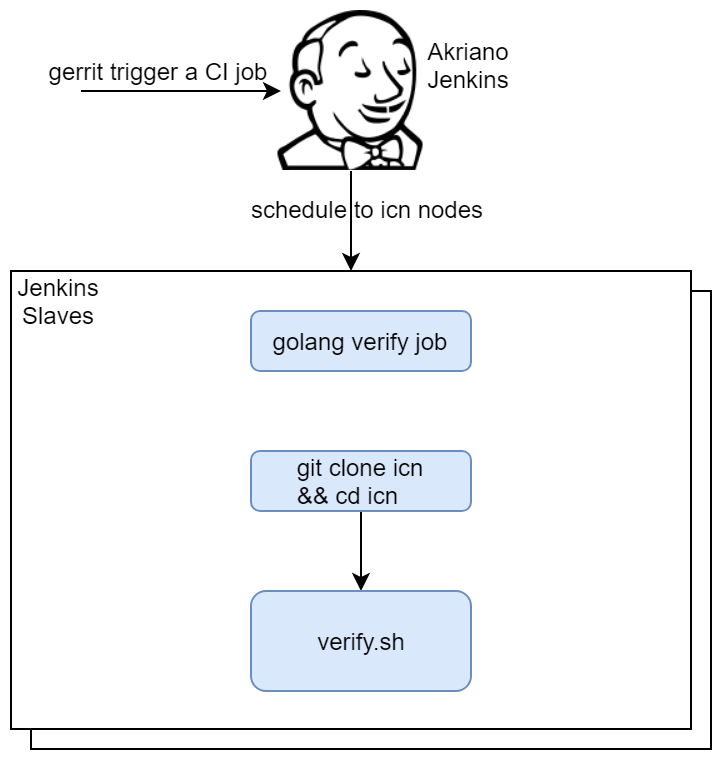
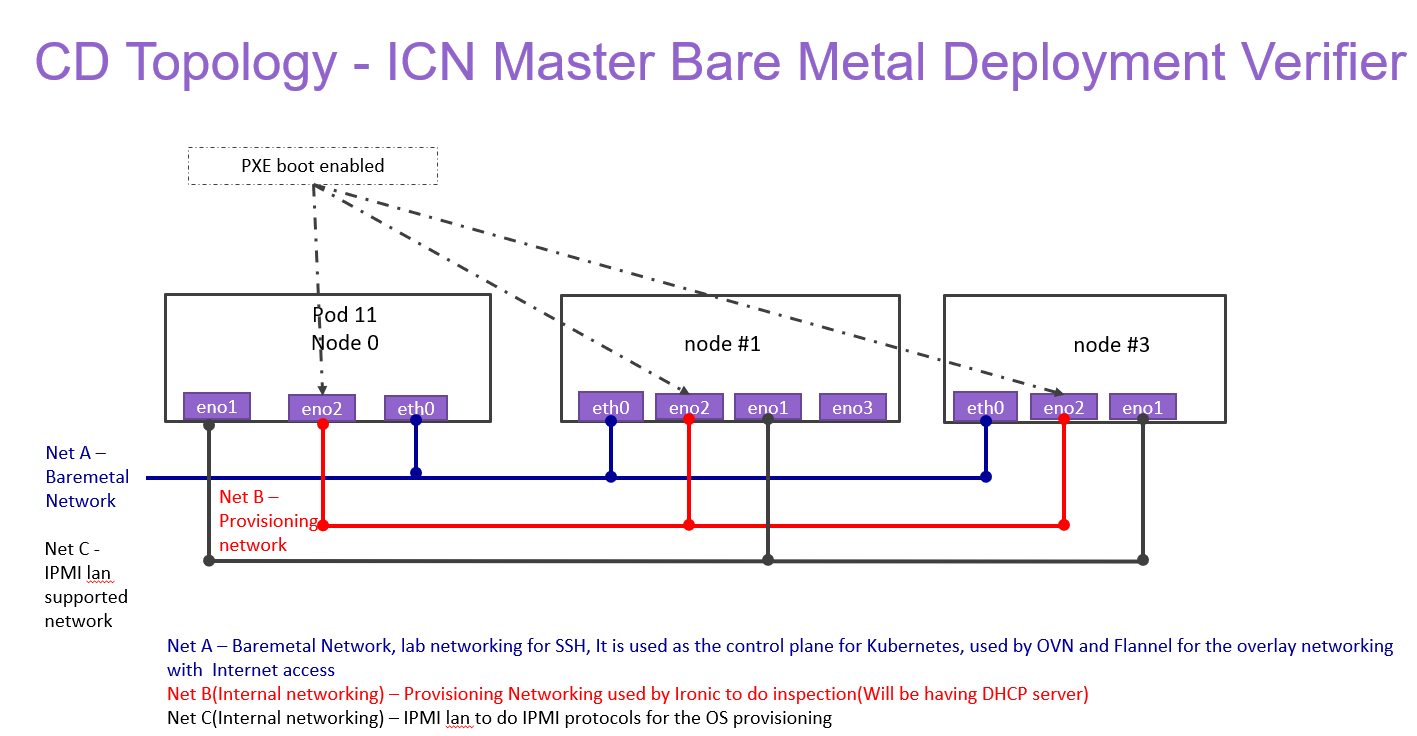
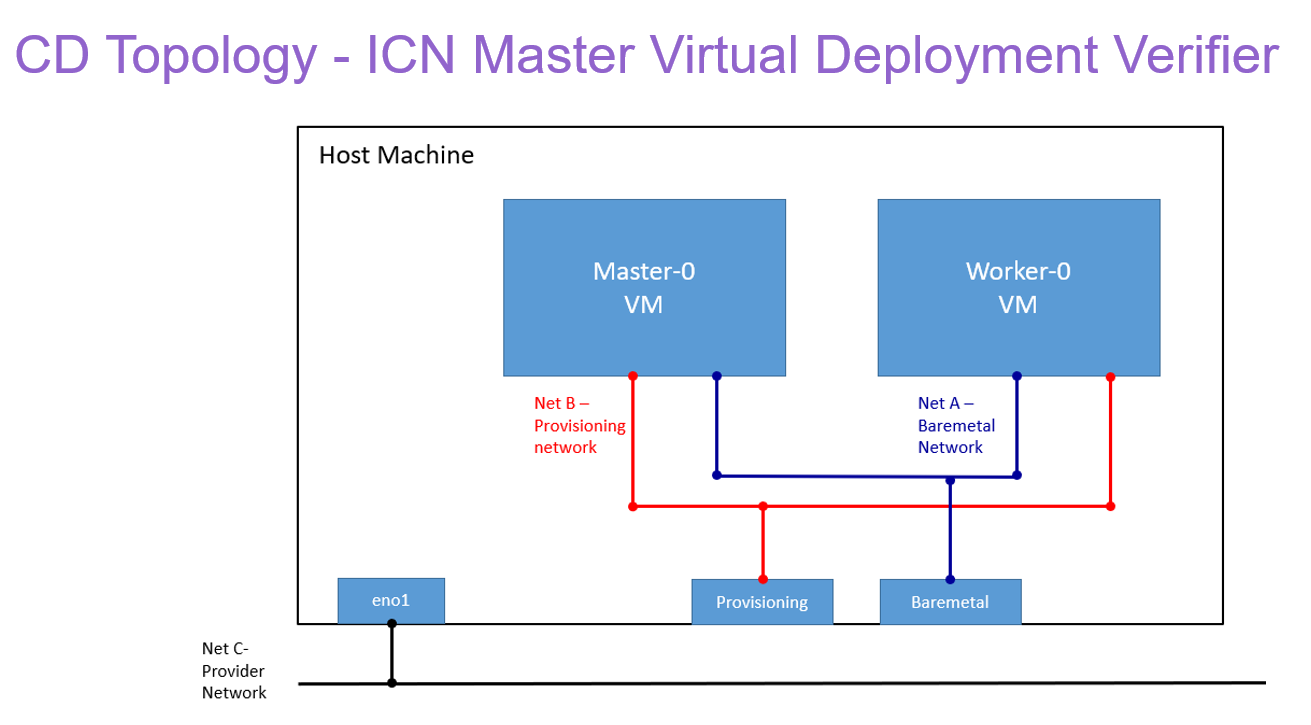
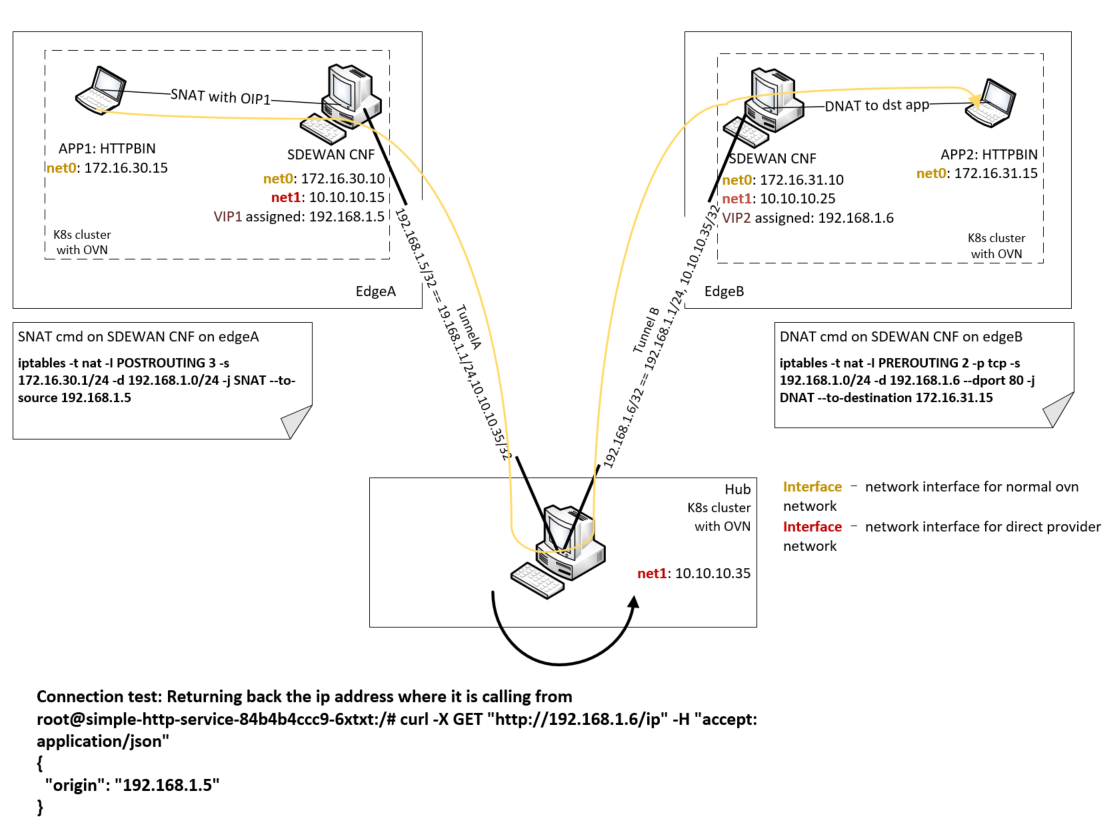
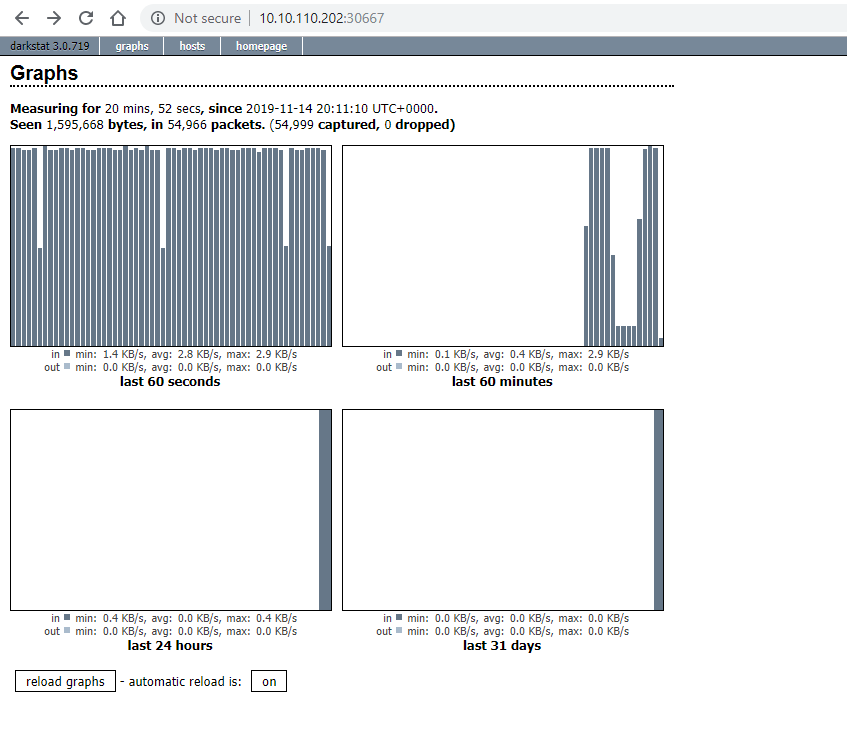
5 Comments
Kuralamudhan Ramakrishnan
Igor Duarte Cardoso
Hi Kural, the Report 05/28/2020 page is ready.
Kuralamudhan Ramakrishnan
Ruoyu Ying Tingjie Chen Please edit the link with your latest Nexus logs
Huifeng Le Cheng Li
Ruoyu Ying
Hi Kuralamudhan Ramakrishnan , logs attached. Please check. Thanks.
Kuralamudhan Ramakrishnan
Thanks Ruoyu